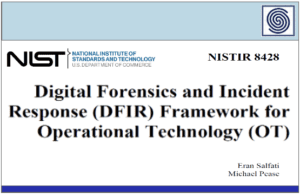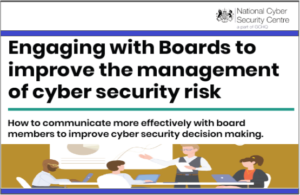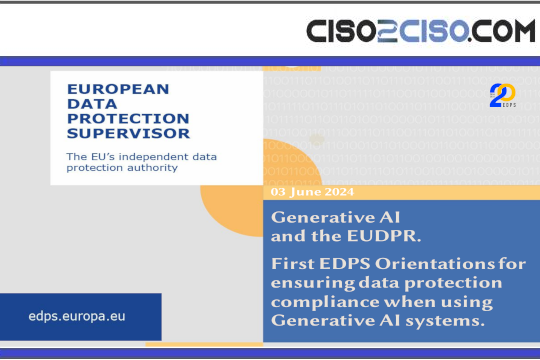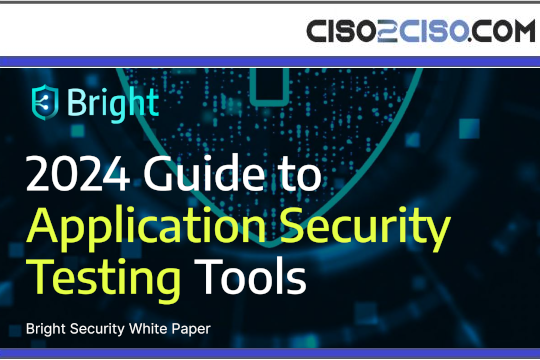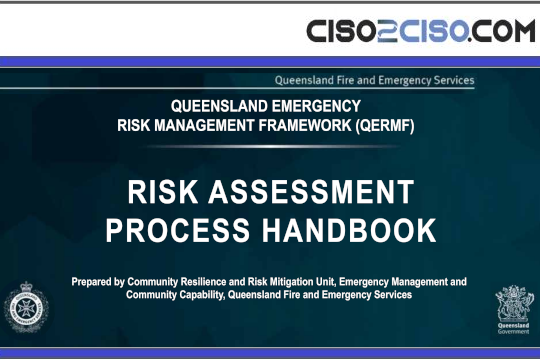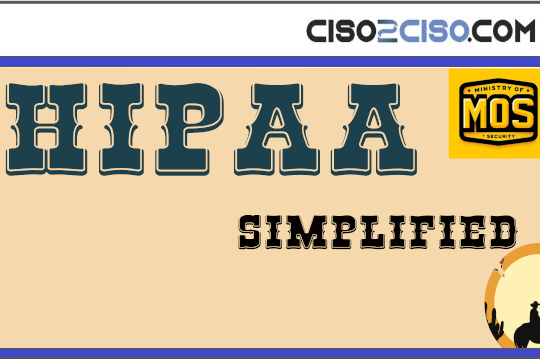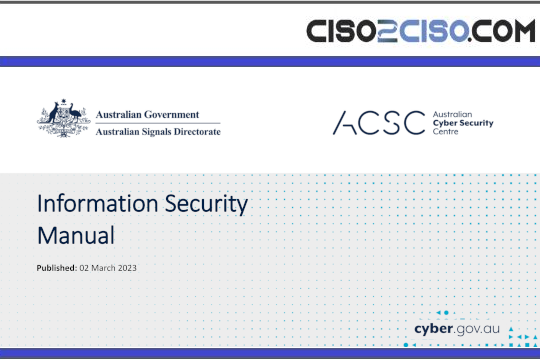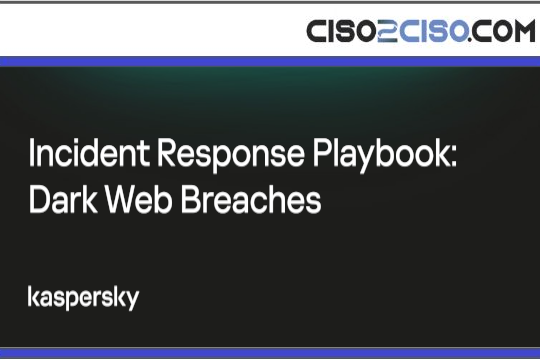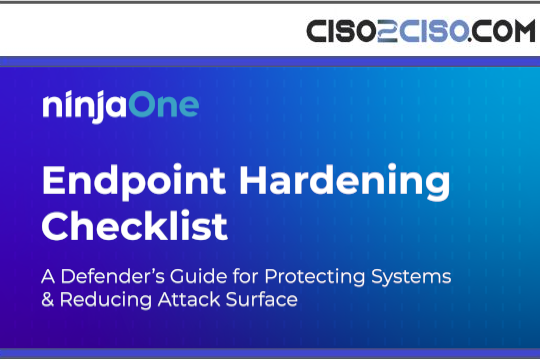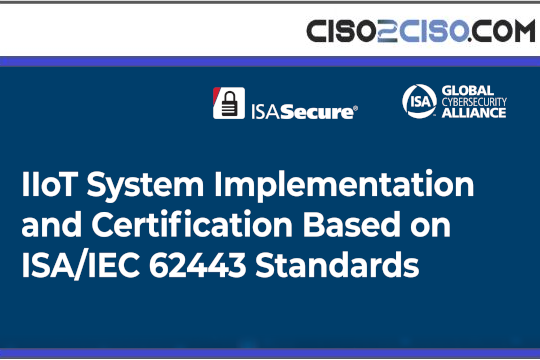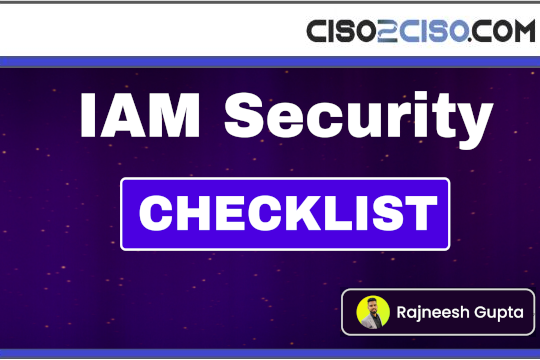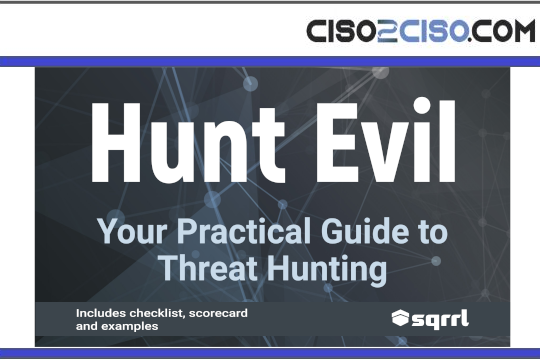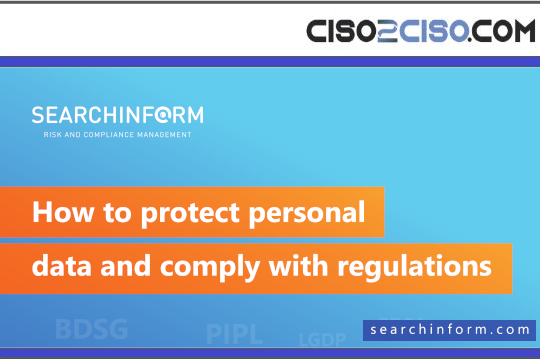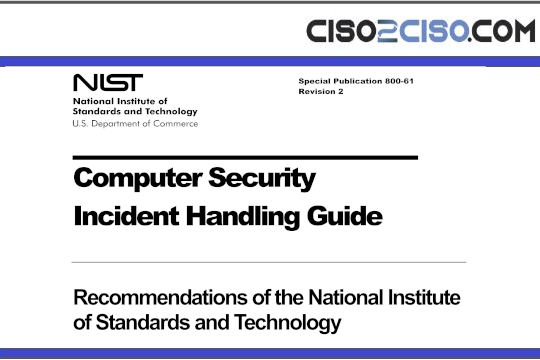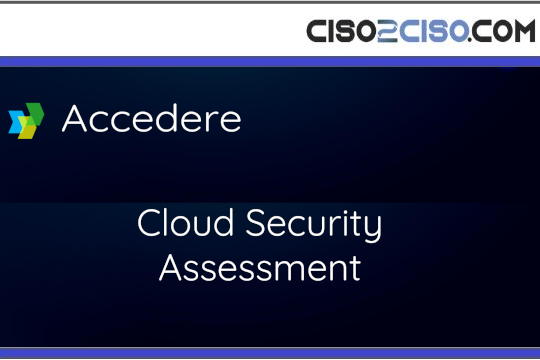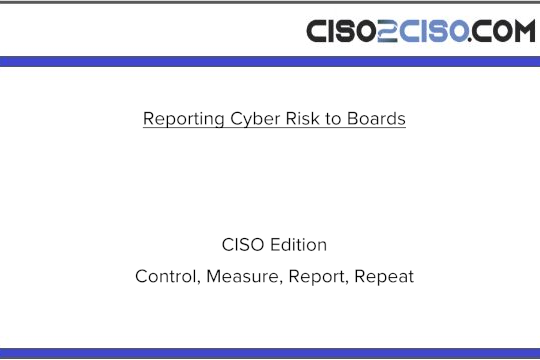Rate this post
The document, titled “How to Plan & Develop an Effective Cyber Security Strategy”, offers a comprehensive guide on how organizations can create a robust cybersecurity plan. The strategy revolves around protecting businesses from both internal and external threats, ensuring they can evolve with new risks and challenges.
The document is divided into several key sections:
- What is a Cyber Security Strategy?
A cybersecurity strategy involves selecting and implementing best practices to defend a business from cyber threats. The strategy provides a baseline for the company’s security program, allowing it to adapt to new risks. - Why Are Cyber Security Strategies Important?
With the rise in cyber-attacks, especially during the COVID-19 pandemic, businesses face increasing risks. Cybersecurity strategies help businesses safeguard their data and operations, reducing vulnerabilities and ensuring continuity in case of attacks. - Defense in Depth and Zero Trust Models
The concept of Defense in Depth is discussed, which involves layering multiple security tools (e.g., antivirus, firewalls) to protect an organization. This approach is complemented by a Zero Trust model, where continuous verification of users is implemented to further enhance security. - Differences Between Enterprises and Small Businesses
Although large enterprises and SMBs (Small and Medium-sized Businesses) face different scales of challenges, both are potential targets for cybercriminals. The strategy highlights that SMBs, despite having fewer resources, must also prioritize cybersecurity due to their vulnerability to attacks. - Steps to Create a Cyber Security Plan
The document outlines an eight-step process for developing a cybersecurity strategy:- Conduct a Security Risk Assessment: Identify and evaluate risks to understand how to allocate resources effectively.
- Set Security Goals: Align security strategies with business goals and assess the maturity of existing security systems.
- Evaluate Technology: Review current systems and ensure they meet security best practices.
- Select a Security Framework: Choose a security framework (e.g., NIST, PCI-DSS) based on regulatory requirements and business needs.
- Review Security Policies: Keep security policies up-to-date and ensure they address current and emerging threats.
- Create a Risk Management Plan: Develop policies for handling data privacy, retention, and protection.
- Implement Your Security Strategy: Prioritize and execute the security measures.
- Evaluate Your Security Strategy: Continuously monitor and test the effectiveness of the implemented strategy.
- Common Pitfalls to Avoid
The document emphasizes the importance of leadership in driving a successful cybersecurity strategy. It also warns against pitfalls such as technology sprawl, legacy systems, and insufficient resources. - Affordable Options for SMBs
For SMBs with limited budgets, the document suggests cost-effective security solutions such as Microsoft Defender for Business and leveraging services like virtual CISOs (Chief Information Security Officers). - Impact of Cyber Attacks
The document highlights the growing threat of cyber-attacks, citing examples such as the Colonial Pipeline ransomware attack. It emphasizes the need for robust cybersecurity strategies to mitigate risks and reduce the impact of potential breaches.
The document ultimately serves as a step-by-step guide for both large and small businesses to implement a cybersecurity strategy that is scalable, adaptable, and resilient against evolving threats.
Views: 39




